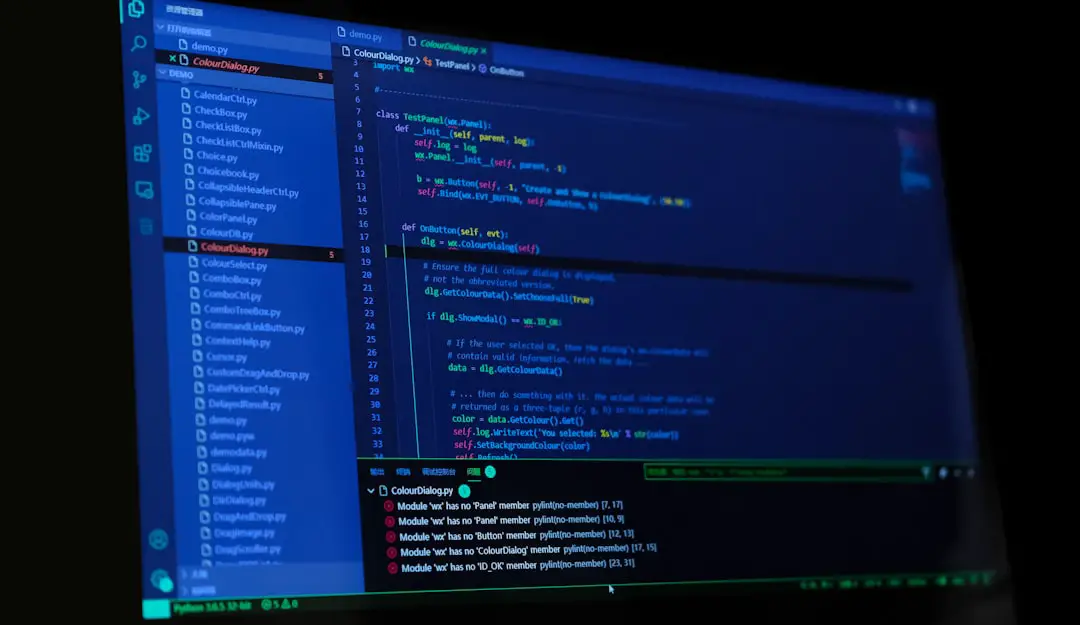WebP is a modern image format developed by Google that provides superior compression for images on the web. It promises smaller file sizes without compromising image quality, resulting in faster load times and improved user experiences. Naturally, WordPress users are eager to leverage WebP to optimize their websites. However, while WordPress has added support for WebP image formats in recent updates, many users still encounter display issues that can frustrate both developers and visitors alike.
Understanding WebP and Its Benefits
Before diving into the common problems and their solutions, it’s important to understand what makes WebP so valuable. WebP supports both lossy and lossless compression, making it a versatile choice for different types of media content. Compared to traditional formats like JPEG and PNG:
- WebP images are significantly smaller in size, reducing bandwidth usage.
- They load faster, improving site performance and SEO.
- They support transparency and animation, making WebP suitable for a variety of design needs.
With these advantages, it seems like a no-brainer to start using WebP. However, users often face issues—some visible, others hidden behind broken functionality—that affect how WebP images are displayed on WordPress sites.
Common WebP Display Issues in WordPress
Despite its benefits, adopting WebP is not always smooth sailing. Here are the most frequent image display problems WordPress users face:
1. Images Not Displaying Properly
In some themes and page builders, WebP images might not appear at all. This is often due to a lack of browser support or theme compatibility issues. While most modern browsers support WebP, older versions of Safari and Internet Explorer do not.
2. Fallback Images Aren’t Working
Many users try to implement WebP by using the <picture> tag or plugins that serve WebP versions dynamically. However, if not configured properly, fallback images (like JPEG or PNG) might fail to load, leaving blank spaces where images should appear.
3. Cache and CDN Conflicts
Another frequent issue arises when Content Delivery Networks (CDNs) or caching plugins serve outdated versions of image files. A typical symptom of this issue is a WebP image rendering as a broken image due to mismatched MIME types.
4. Upload Errors and Media Library Problems
Some users report being unable to upload WebP images via the WordPress media library due to unsupported file type errors. This problem is particularly common in older WordPress versions or on sites where server-side configurations don’t support WebP MIME types.
Real Solutions for Fixing WebP Display Issues
Successfully using WebP in WordPress involves not just uploading the images but also ensuring they are served correctly across all devices and browsers. Below are the most reliable fixes for the issues listed above.
1. Update WordPress, Themes, and Plugins
WordPress started supporting WebP images from version 5.8 onward. If you’re running an older version, update your CMS. Similarly, use themes and plugins that are regularly updated and confirmed to be compatible with WebP.
2. Use a Reputable WebP Conversion Plugin
Choose a well-established plugin like:
- Imagify
- ShortPixel
- Smush Pro
- WebP Express
These tools do more than just convert JPEG or PNG to WebP—they serve the appropriate version based on browser compatibility and often include fallback mechanisms as a part of their setup.
3. Use the <picture> Tag Correctly
When coding manually or using a custom theme, make use of the <picture> tag to define multiple image formats like so:
<picture>
<source srcset="image.webp" type="image/webp">
<img src="image.jpg" alt="Description">
</picture>
This way, if a browser does not support WebP, it will fall back to the JPEG version.
4. Configure Your Server to Serve WebP Properly
Your server must recognize and handle WebP MIME types. On Apache servers, update your .htaccess file to include:
AddType image/webp .webp
For NGINX servers, use:
location ~* \.(webp)$ {
add_header Vary Accept;
try_files $uri$webp_suffix $uri =404;
}
Consult your hosting provider if you’re unsure about making these server-side changes.
5. Clear Caches and Purge CDNs
Once you’ve implemented your fixes, always clear your site’s caches—including browser, plugin, and CDN caches. This ensures visitors are actually seeing the updated image files.
For those using Cloudflare, be sure to enable the “Polish” feature, which automatically converts your images to WebP when possible.
6. Consider Browser Detection via JavaScript
When all else fails, use JavaScript to detect browser support for WebP and serve images dynamically. This can be done using:
function supportsWebP(callback) {
var img = new Image();
img.onload = function () { callback(true); };
img.onerror = function () { callback(false); };
img.src = "data:image/webp;base64,UklGRiIAAABXRUJQVlA4WA..."; // sample WebP
}
Once detected, you can adjust classes or image sources accordingly.

Preventing Future Issues with Best Practices
To avoid headaches down the line, follow these best practices when dealing with WebP:
- Always keep backups of your original images before converting.
- Test WebP rendering on different browsers and devices.
- Use reliable plugins with active development and support.
- Implement fallback image mechanisms to ensure universal accessibility.
Additionally, stay informed by following WordPress development channels and plugin changelogs. WebP integration in WordPress continues to improve, and staying updated can help mitigate new compatibility challenges.
Conclusion
WebP is undeniably one of the most efficient image formats available today. In a fast-paced digital environment where page speed and performance matter more than ever, embracing WebP can give your WordPress site a significant edge. However, transitioning to WebP must be done thoughtfully to avoid display issues and loss of visitor trust.
By understanding the common pitfalls and applying the solutions outlined above—from plugin use to server configuration—you can enjoy all the performance benefits of WebP without compromising reliability or accessibility.
As with any web optimization technique, proper testing and a methodical approach are essential. With the right setup, WebP images will not only work seamlessly within your WordPress site but also elevate its performance, professionalism, and user satisfaction.
